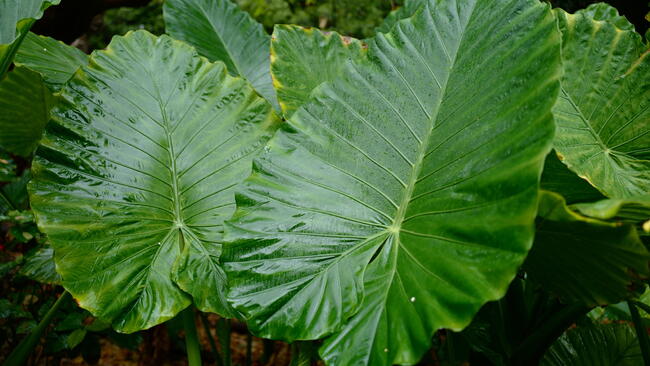
Plant gladiolus to enjoy bold blooms and beautiful summer bouquets.
Read Next
Types
Gladioli come in a variety of sizes and colors, with the most popular being part of the following hybrid groups:
- Grandiflora Hybrids: These are the classic gladioli that produce a plentiful amount of large (5- to 6-inch) blooms in a range of colors. The plants produce flower stalks that reach up to 4 feet in height and are winter hardy to Zone 7.
- Dwarf Grandiflora Hybrids: These miniature glads are an excellent choice for containers and cutting gardens, as their flowers are about half the size of Grandifloras, and their shorter stalks don’t typically require staking. They are also winter hardy to Zone 7. Glamini gladioli are included in this group; they are pest-resistant and will bloom in full sun or partial shade.
- Nanus Hybrids: Hardy to Zone 5, these smaller gladioli look a lot like Grandifloras, but do not produce as many flowers. They tend to grow no larger than about 2 feet in height, which makes them perfect for containers or small spaces.
Some specific gladiolus varieties of note include:
- ‘Black Star’ has deep purple-red blooms
- ‘Candyman’ for its beautiful, deep pink flowers
- ‘Costa’ sports ruffled flowers in blue-purple
- ‘Dream’s End’ makes a good background plant because its flower spike is up to 3 feet tall (and it has pretty light orange flowers with large yellow centers)
- ‘Fun Time’ has yellow flowers edged with red
- ‘Green Time’ for its unusual lime-green flowers
- ‘Prins Claus’ has white flowers with splashes of pink on its petals
- ‘Priscilla’ produces off-white flowers with a yellow center and a pink edge
Gardening Products
More Like This
Dear Teresa, Did you plant these blue gladiolus this year or in a previous year? Blue ones are a product of hybridization and over time, stronger hybrids can crowd out the weaker ones, and/or they can cross pollinate over time, altering their color; often, over time, glads can all become yellow or white. It could be an issue with the corms you purchased and planted. We would suggest digging up those corms and replacing with a new set that are blue if you are intent on having blues ones next year. —The Editors
Hi Jessica,
Gladiolus are such beautiful flowers so we can see why you would like to take them with you. In a perfect world, you want to let your gladiolus flower completely and then allow the foliage to die back naturally in the fall before moving bulbs or removing from the soil for storage in colder areas. The corms collect energy for next year's growing season through the foliage and it is essential to continue the growing cycle and for the flowers to return the following year.
If you must remove them before the cycle has completed, it is hard to say if you removed the corms/foliage and flowers during the growing season and placed them in pots if they would survive the move. It would unfortunately not be known until next year's growing season. If you must move them, you should make sure to dig up the entire corm and plant in a large container with a good potting mix. They are top heavy flowers so the container will need to heavy enough to hold them.
If the flowers do not return, you will need to buy new corms to replace them in your new location.
Good luck. Hope this helps!
- « Previous
- 1
- 2
- …
- 10
- Next »













Comments